Remember when dual-clutch transmissions were all the rage? The promise of increased efficiency over a torque converter automatic and lightning-fast shifts was tempting at a time when normal automatics couldn’t match the efficiency or performance of a manual transmission, but the tech landscape has changed greatly in the past 20 years or so. While these dual-clutch units have their place in certain performance vehicles, it’s not surprising to see many models turn back toward conventional automatics, and the popular Hyundai Santa Fe family crossover is the latest member of the bandwagon.
Up until the incoming 2026 model year, if you wanted to buy a delightfully rectangular new Santa Fe, you’d have to choose between two different powertrains. The more sensible choice here is a 1.6-liter turbocharged hybrid option. It’s smooth, offers excellent fuel economy, certainly doesn’t feel short on power, and is generally the right choice for the school run. However, if you pull outdoor toys or a camper on the weekends, you’d likely want the increased towing capacity that comes with the standard 2.5-liter turbocharged inline-four.
This stout 277-horsepower unit gives this three-row family hauler some serious get-up-and-go, and it comes with up to 4,500 pounds of towing capacity in the XRT trim instead of just 2,000 pounds for the hybrid model. However, it comes hitched to an eight-speed dual-clutch transmission that’s had its share of teething issues. Last year, Hyundai recalled 12,349 2024 model year Santa Fes with this transmission due to flawed transmission programming potentially causing transmission failure. As the recall report states:
The Dual Clutch Transmission (“DCT”) in the subject vehicles could become damaged during normal operation due to Transmission Control Unit (“TCU”) software logic that could inadvertently engage the clutches and damage the transmission case and/or parking pawl. A damaged transmission case and/or parking pawl may cause noise within the transmission and/or allow for vehicle rollaway while in PARK.
The solution, as you can probably guess, included a software update of all affected vehicles and the replacement of damaged transmissions. Not a cheap fix, but a necessary one. Since that incident, there have still been NHTSA complaints about the dual clutch transmission, some of which seem genuinely reliability-related and some of which seem to align with the fact that a dual-clutch transmission isn’t a torque converter automatic, so it won’t exactly drive like one.
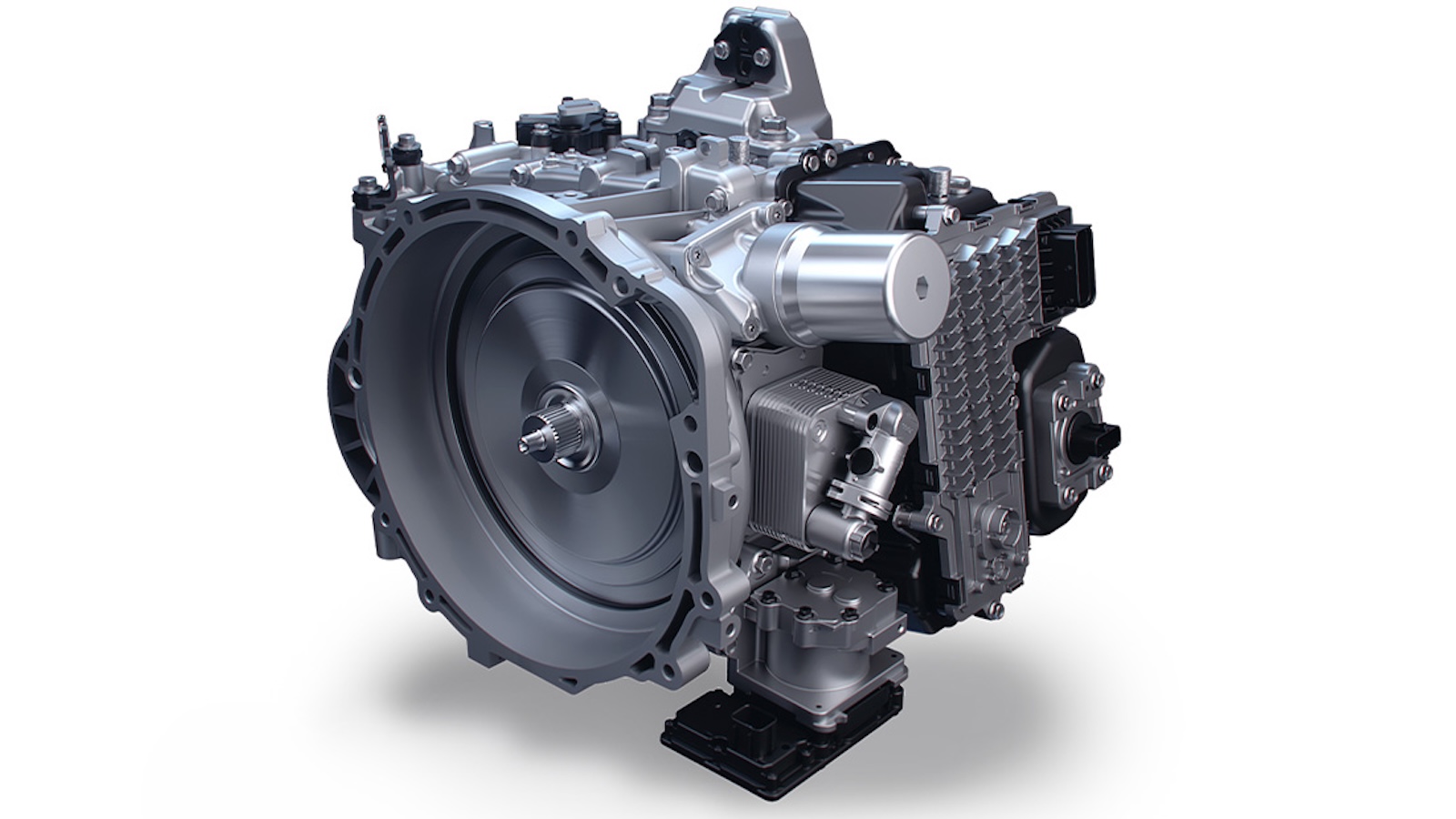
A dual-clutch transmission is going to creep fairly aggressively from a standstill to engage those clutches compared to the slow roll of a fluid coupling, it’s going to be crisp at the occasional expense of some smoothness, it’s going to require specific fluid and a specific maintenance interval that isn’t quite what owners of vehicle with traditional automatic transmissions have come to expect. I didn’t mind any of this when I drove the 2.5-liter turbocharged Santa Fe, but I can understand that it’s not quite what some shoppers are looking for.
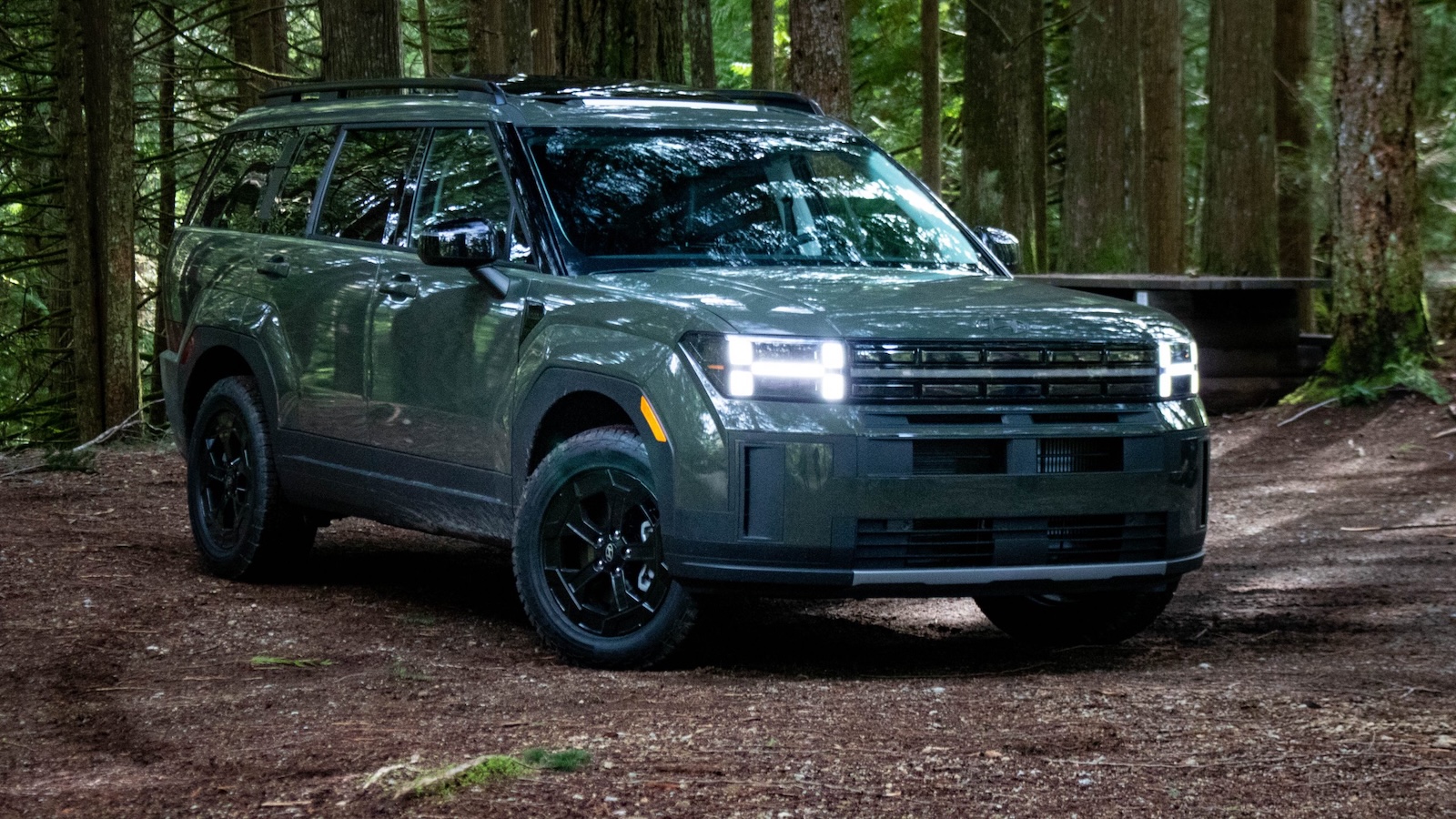
However, that’s about to change. Hyundai has announced that the 2026 Hyundai Santa Fe crossover and the 2026 Santa Cruz small truck with the turbocharged 2.5-liter inline-four will be swapping their eight-speed dual-clutch transmissions out for conventional eight-speed torque converter automatics. This should add a dose of extra smoothness to the driving experience while returning the same EPA fuel economy figures as the outgoing dual-clutch transmission.
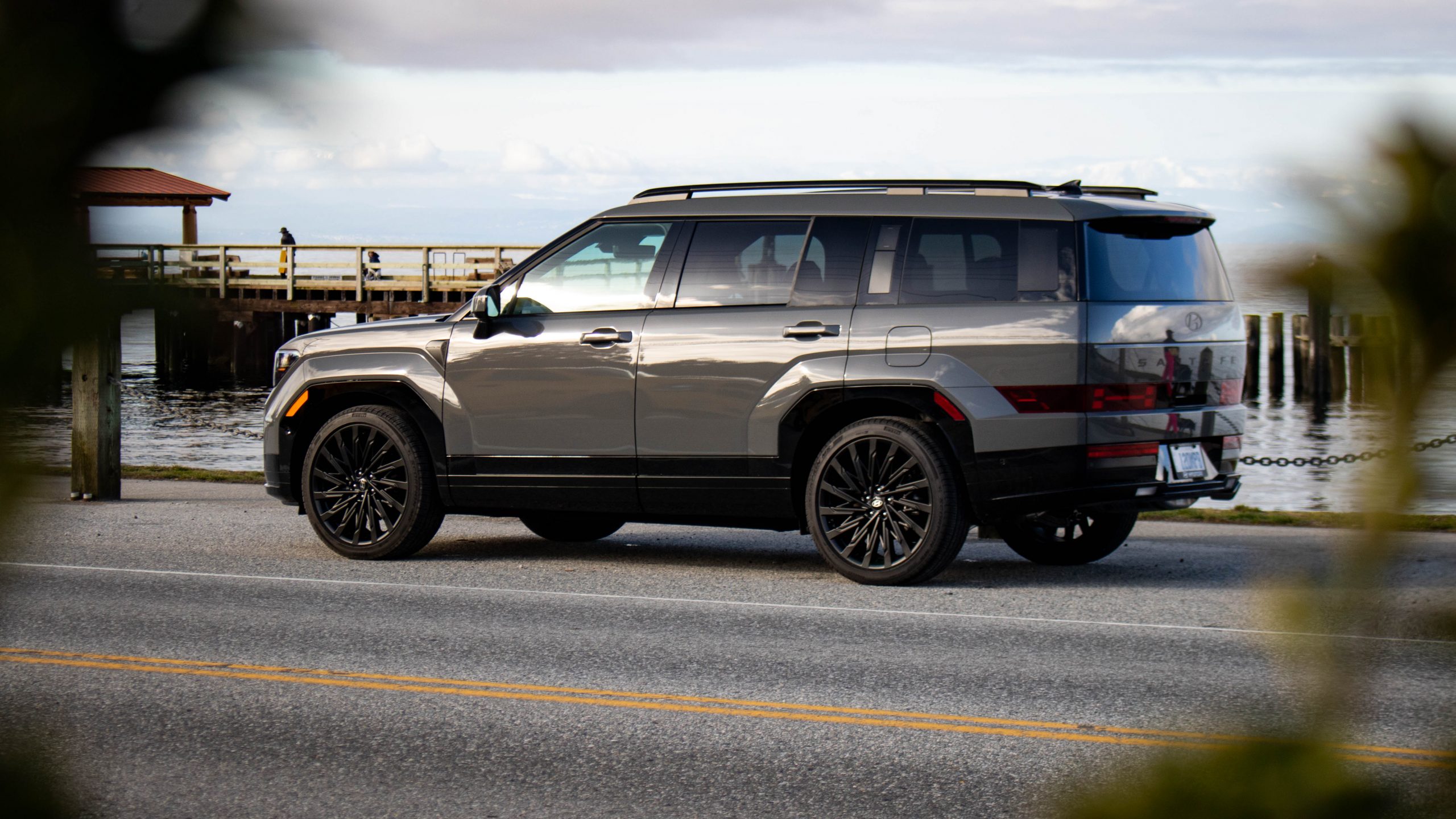
It’s a similar story as we’ve seen from the Kia Seltos, the Acura TLX, the Volkswagen Tiguan, and even the BMW Z4. While dual-clutch transmissions have a place, most everyday drivers are just better served by the latest crop of efficient torque converter automatics of many ratios. We’re now in a place where it’s possible to have both traditional smoothness and appreciable efficiency, and although I’ll miss the sheer speed of the shifts, automakers gotta give the people what they want, right?
Top graphic credit: Hyundai
Support our mission of championing car culture by becoming an Official Autopian Member.
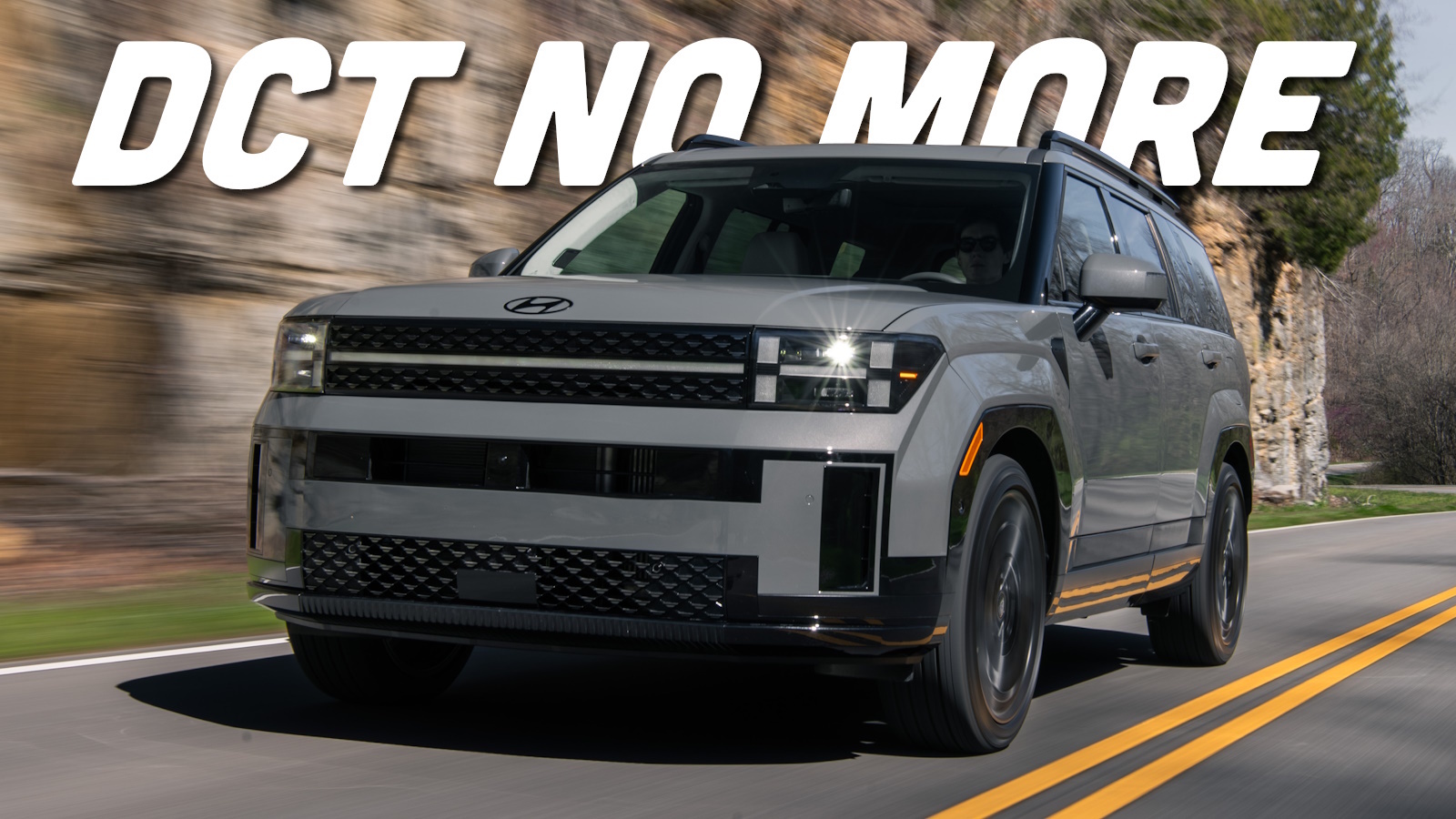



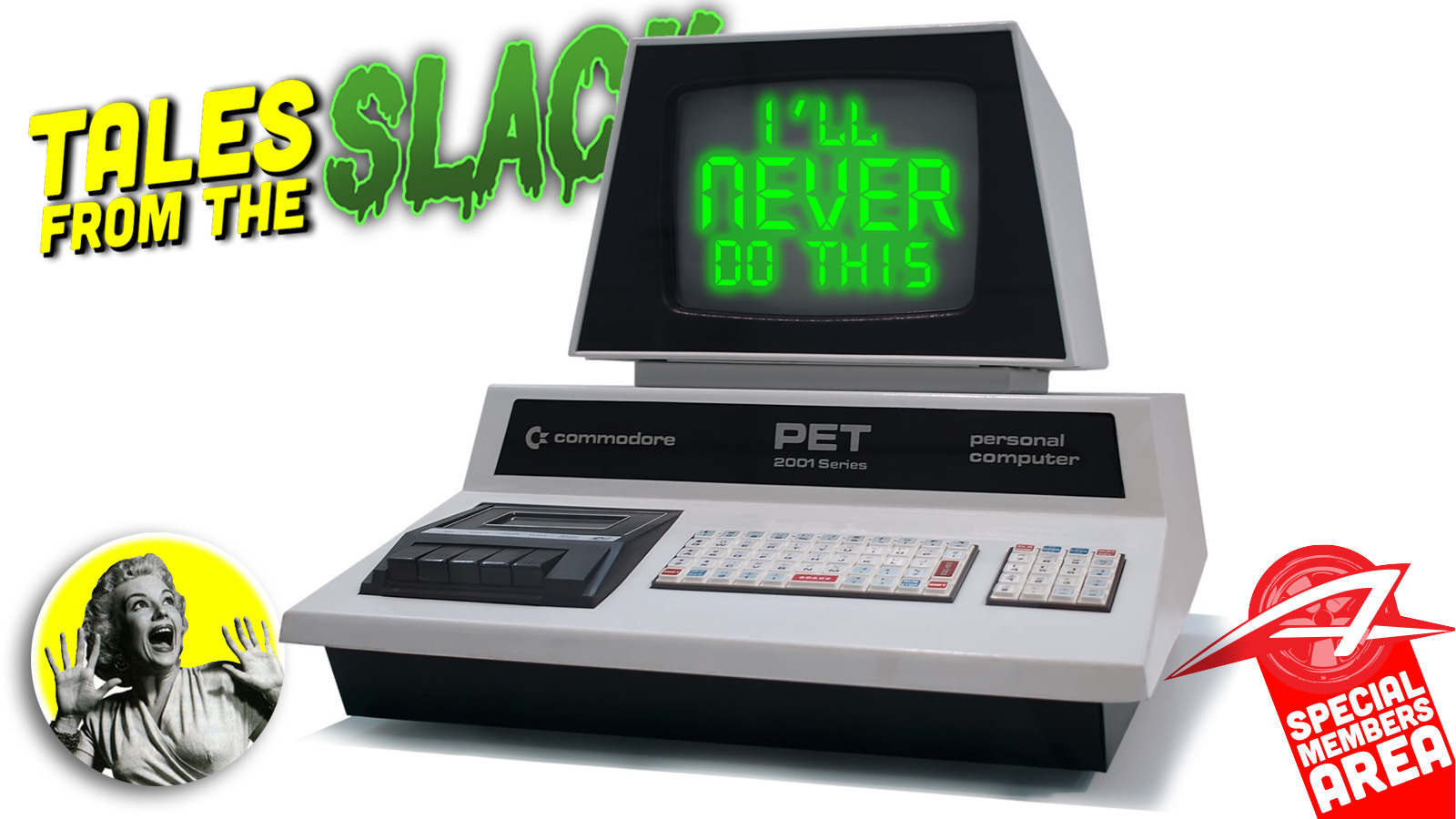
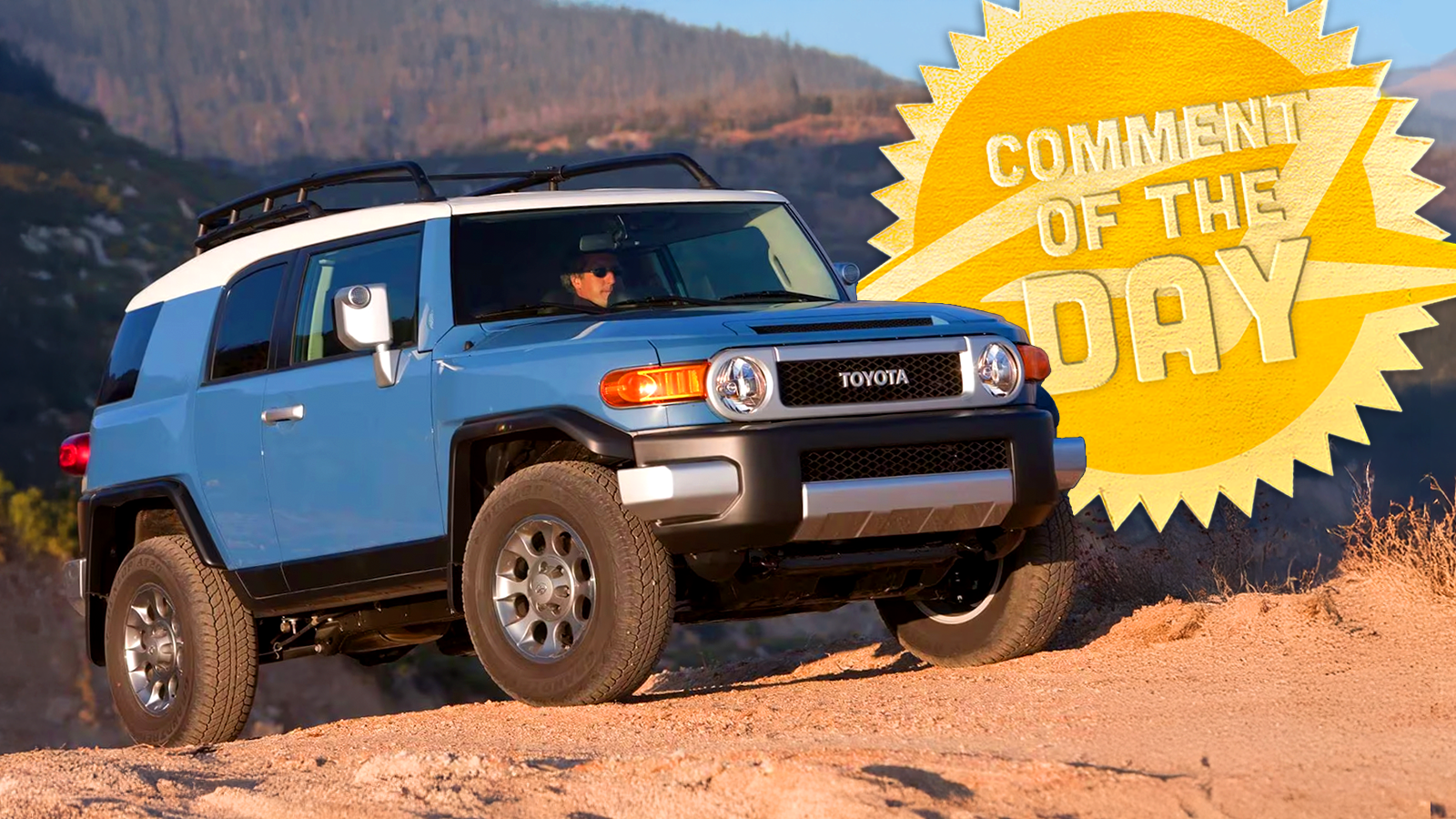
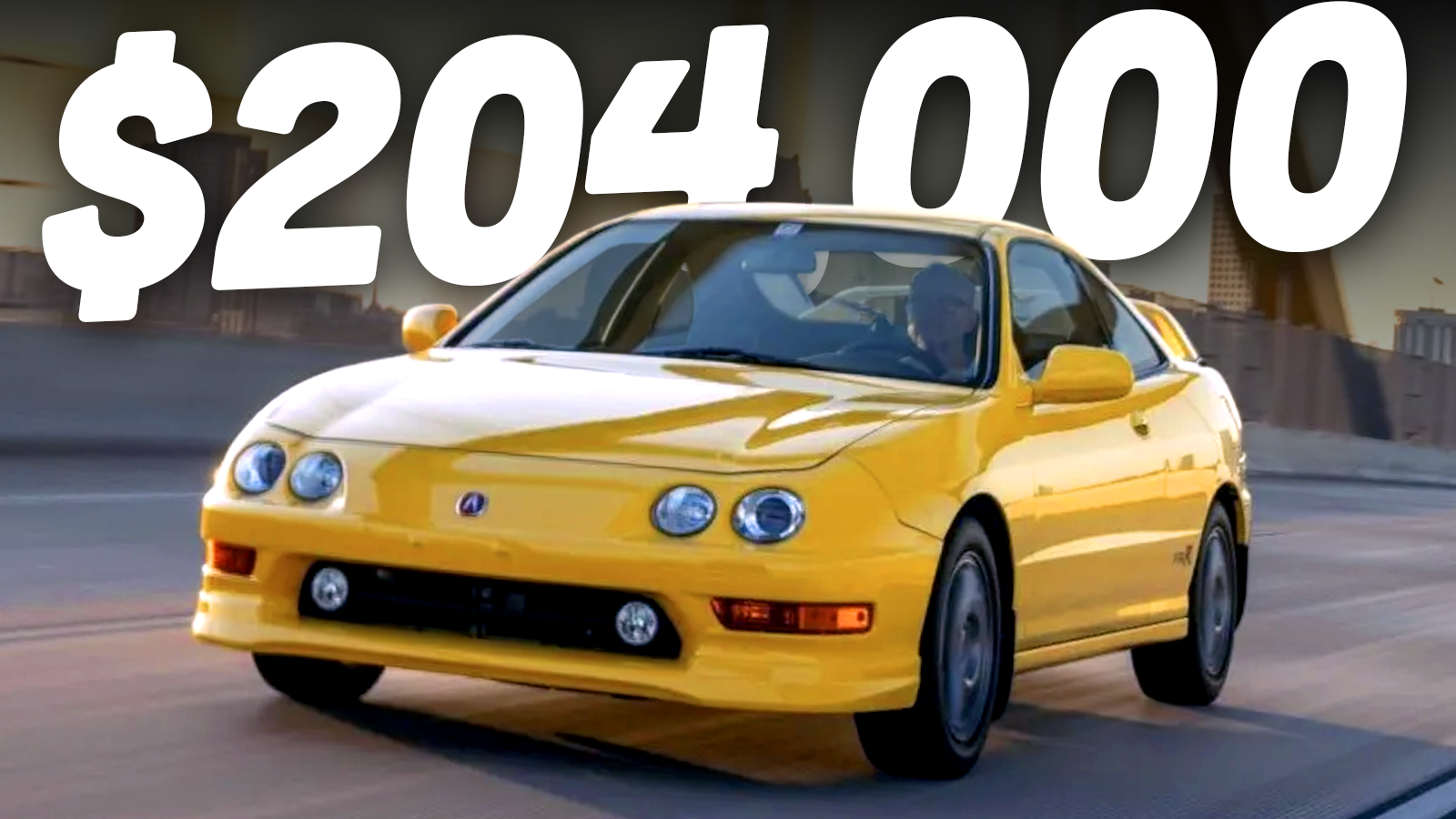
I used to own a Kia Niro PHEV with the 1.6L and DCT. I felt like as part of a hybrid setup is the best application for a DCT outside of a pure sports car. The electric motor can handle creeping in traffic and setting off from a stop, then hand things off to the DCT once things are going. My understanding is that DCTs are lighter and more compact than torque converter ATs, which are to the benefit of a PHEV that is squeezing an electric motor between the engine and transmission and carrying a fat battery pack. It will also allow that traditional shifting feel, which people like.
At one point we had a DSG (VW Polo) and a CVT (Subaru Outback), both transmissions are objectively worse for the driving experience than a conventional torque converter. The DSG was great to drive when you were having fun, but with all due respect it was a 1.2 turbo Polo, it was a city car. So you ended up with all the annoyance of a DSG so it was a pain to park because the creep was either too excessive or non-existent and in bumper to bumper traffic it could get mildly bunny hoppy, not great. The CVT just sucks all the life out of a car, the Outback is (was until 10 years of kids and dogs wrecked it) a really nice car to drive, but its underpowered and then couple it to a CVT it just takes anything extra away from it.
Now I understand that a DSG and a CVT are more efficient and I get why manufacturers went all in on them. But in the real world they just aren’t as good. We now have a BMW with the fantastic ZF8 in it. I just can’t describe how much better it is than either a CVT or DSG.
If I were to buy a performance car, then yeah, sure I’d want a DSG because they are fantastic, but on my big fat daily driven SUV? Or my little city car? Nope. Give me a torque converter.
“Remember when dual-clutch transmissions were all the rage?”
Yes… unfortunately.
“However, if you pull outdoor toys or a camper on the weekends, you’d likely want the increased towing capacity that comes with the standard 2.5-liter turbocharged inline-four.”
Nah… I’d pick the hybrid for the better fuel economy.
“Hyundai has announced that the 2026 Hyundai Santa Fe crossover and the 2026 Santa Cruz small truck with the turbocharged 2.5-liter inline-four will be swapping their eight-speed dual-clutch transmissions out for conventional eight-speed torque converter automatics. “
And that’s great news!
Dual-clutch automated manuals have their place… mainly on the track.
But for street use? They suck… particularly in city/stop-and-go driving.
” I’ll miss the sheer speed of the shifts, automakers gotta give the people what they want, right?”
I think in this case and for this type of vehicle, what people want is something reliable with an automatic that behaves like a regular automatic. The ultra-fast shifting is of no meaningful value for the type of driver that buys a family vehicle like a Santa Fe.
I’ve driven my ’24 Santa Cruz with the DCT 17k in the last year, my first experience with a DCT. A slight surge (minimal and pretty rare) from stop and it can be a real PITA backing up top a trailer ball. But it’s always in the right gear, seamless shifting up and down, and the sport mode adds another level of usability. I never feel the need to use the paddle shifters. I recently drove a Boxster S with a DCT and it was amazing compared to my manual Boxster. Short term observations are different than long term experiences when you’re talking about new drivetrains.